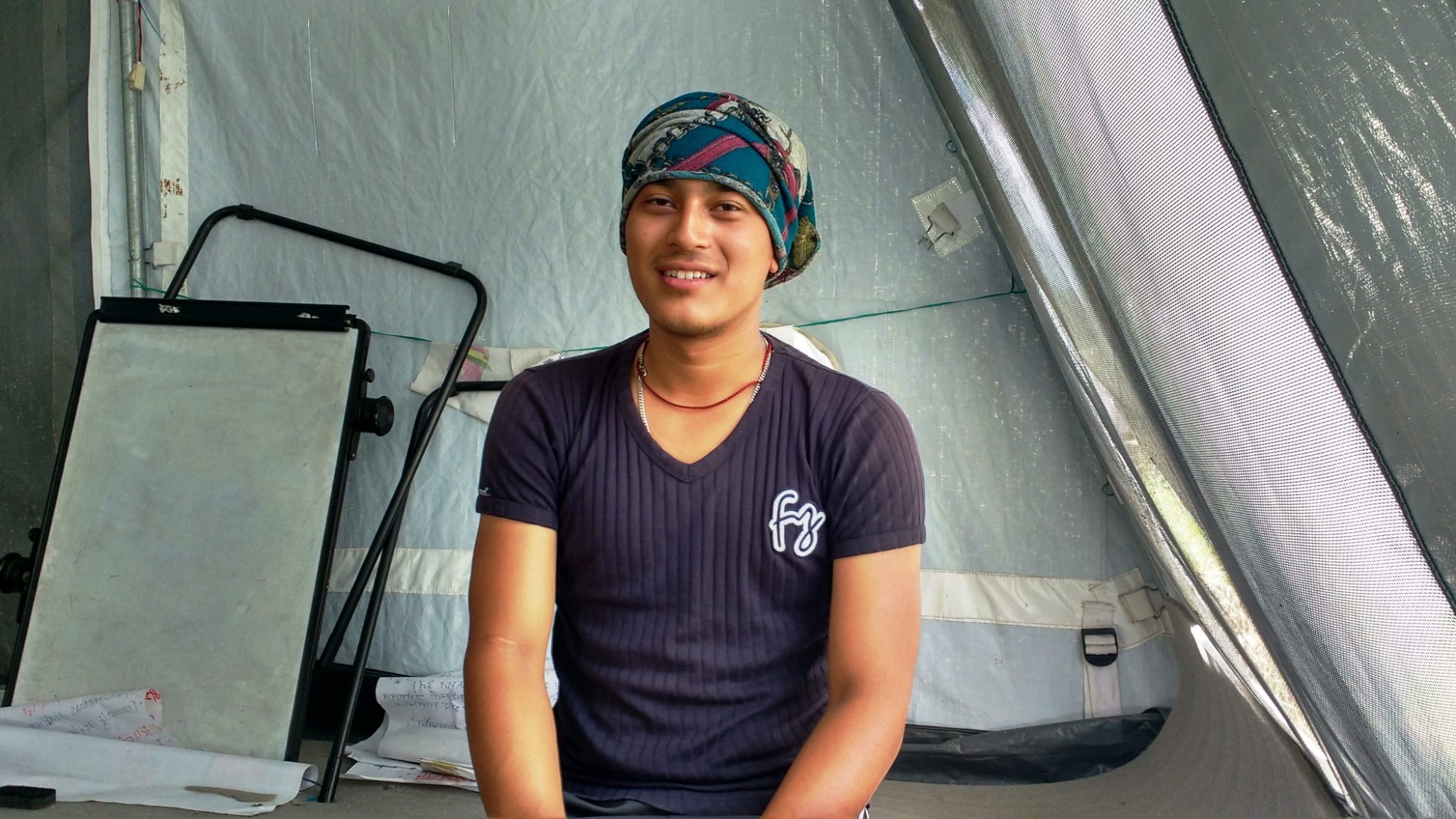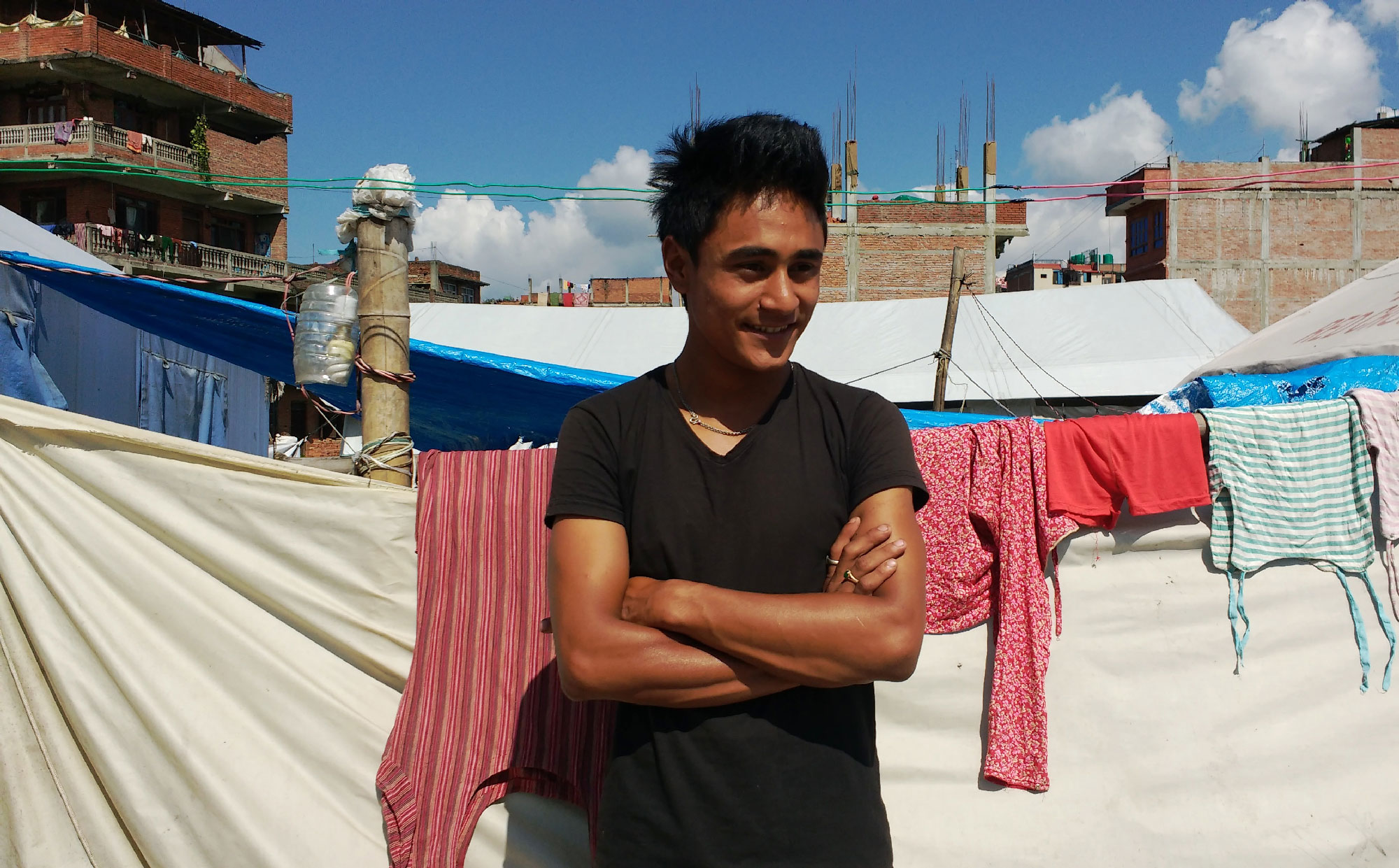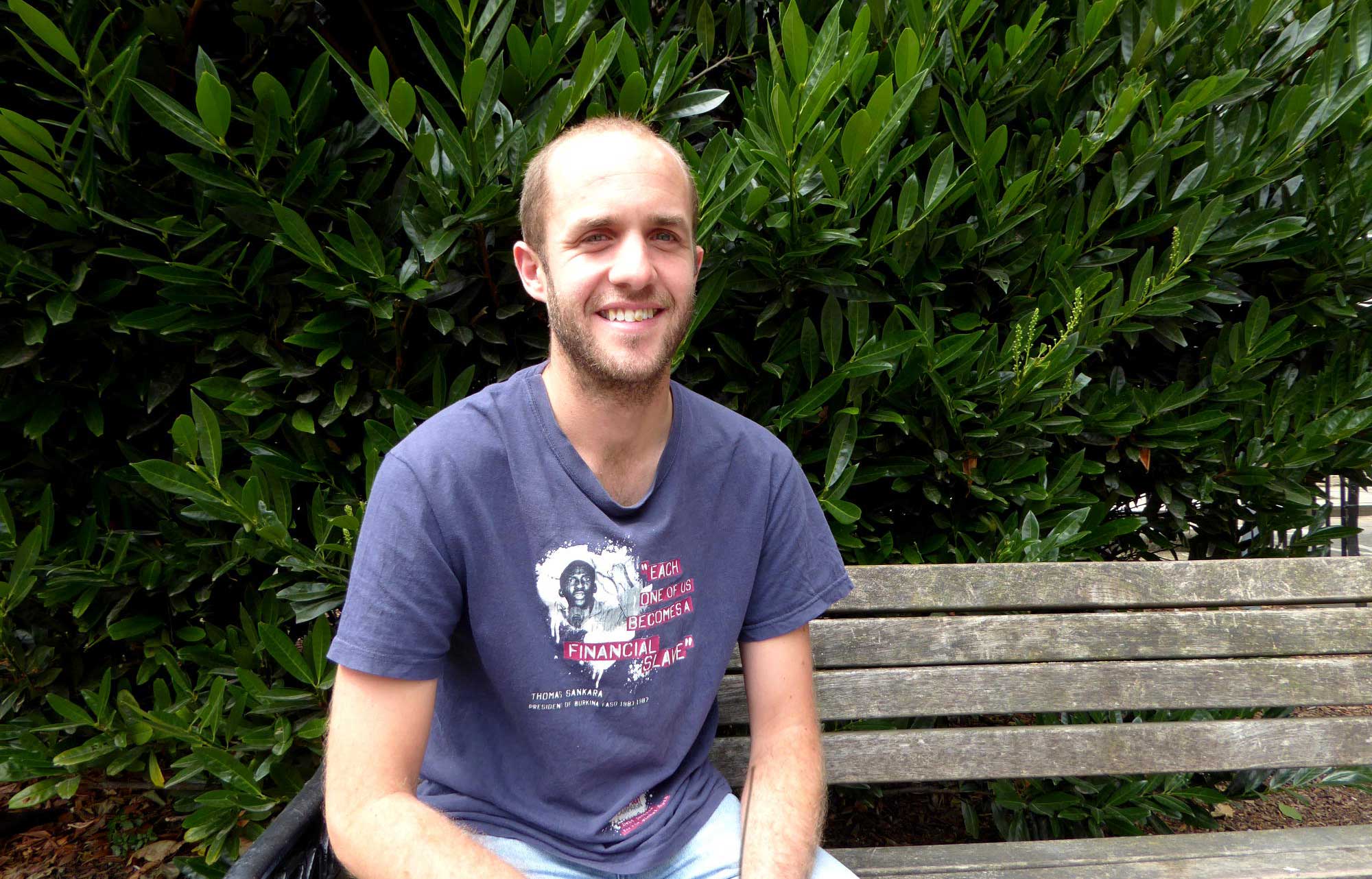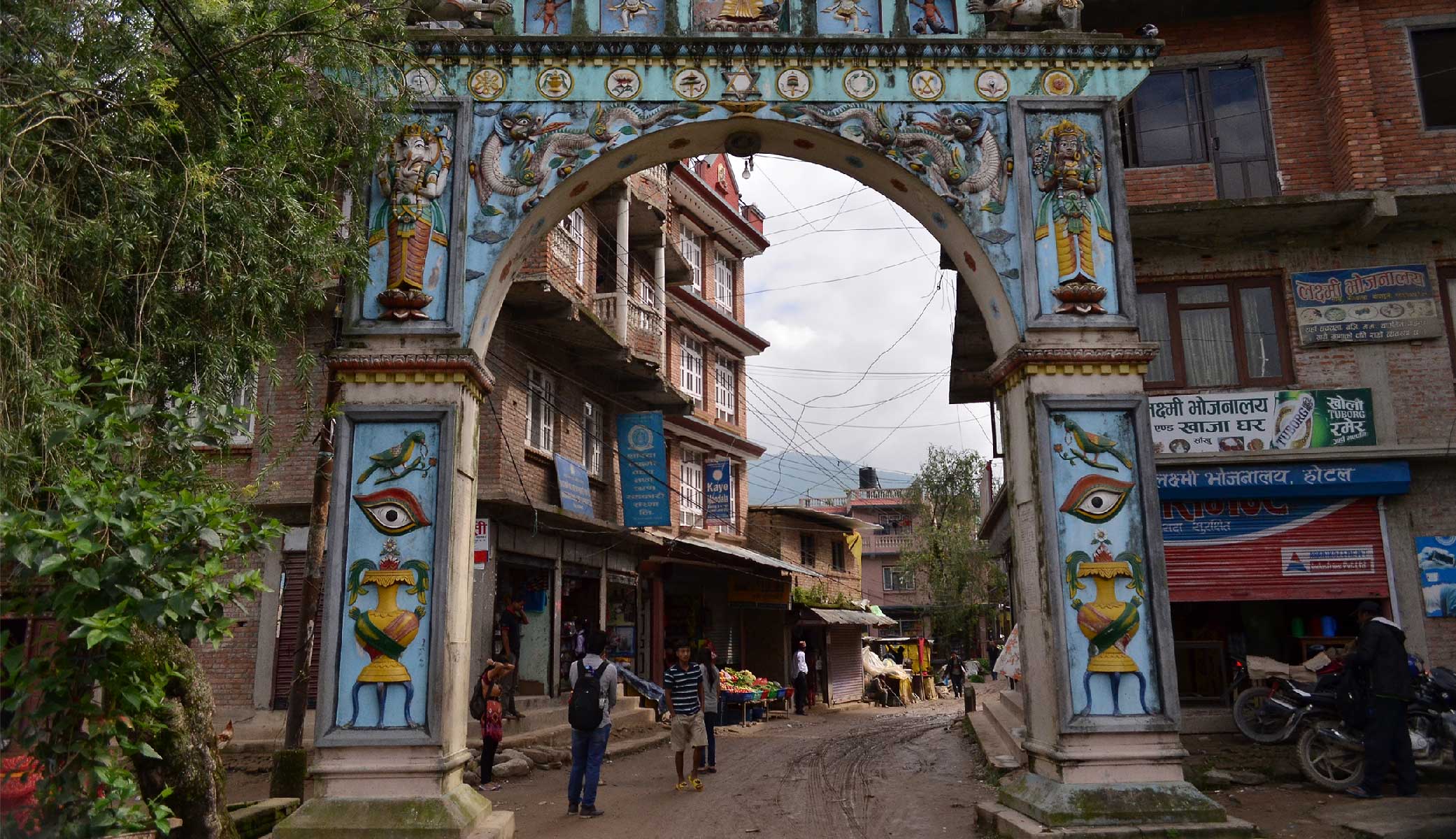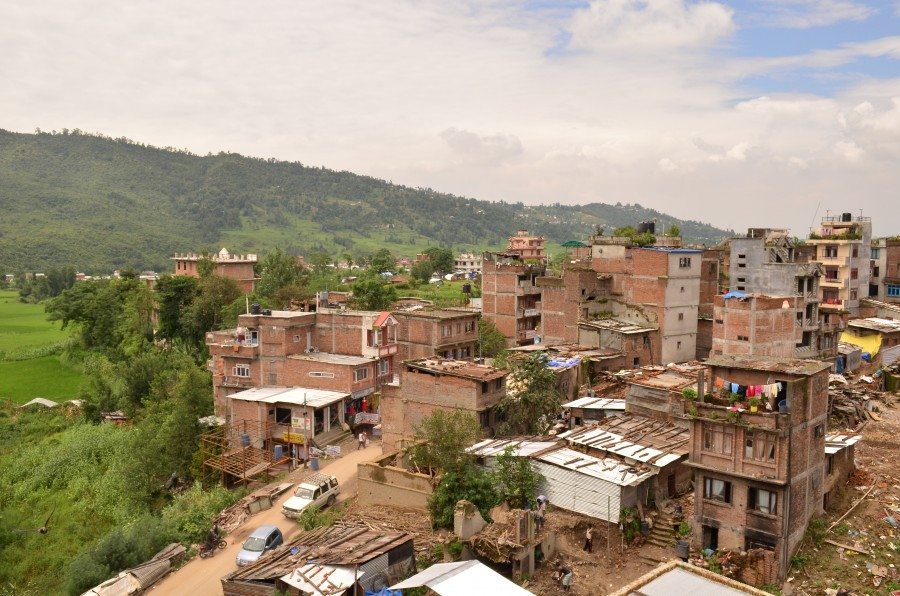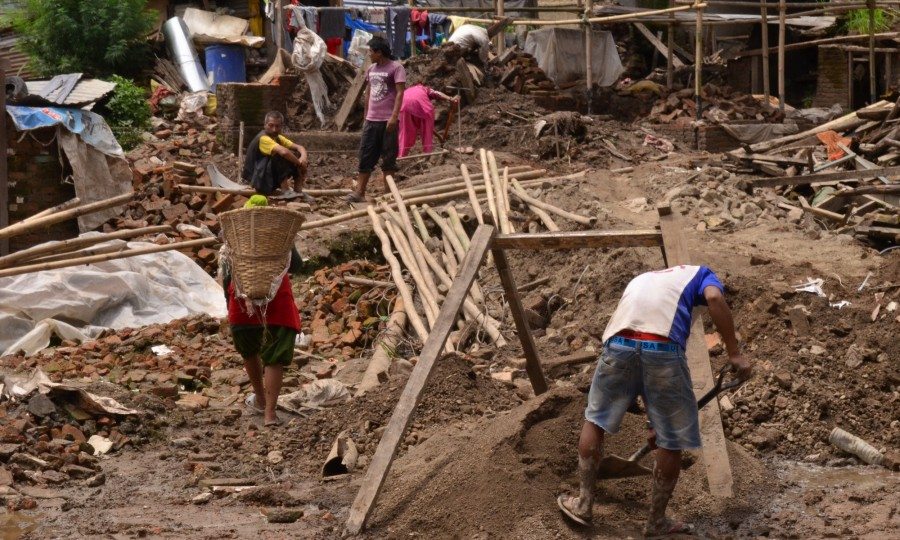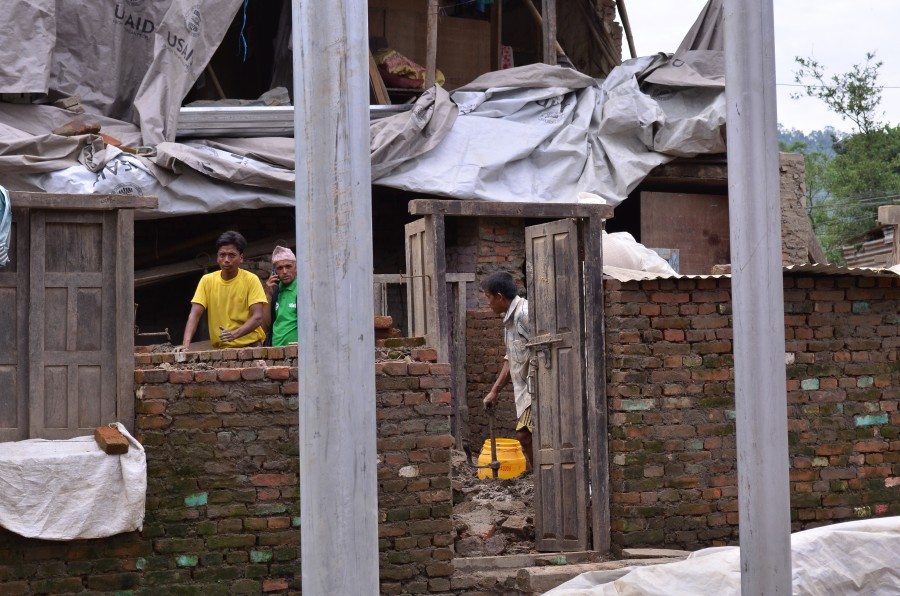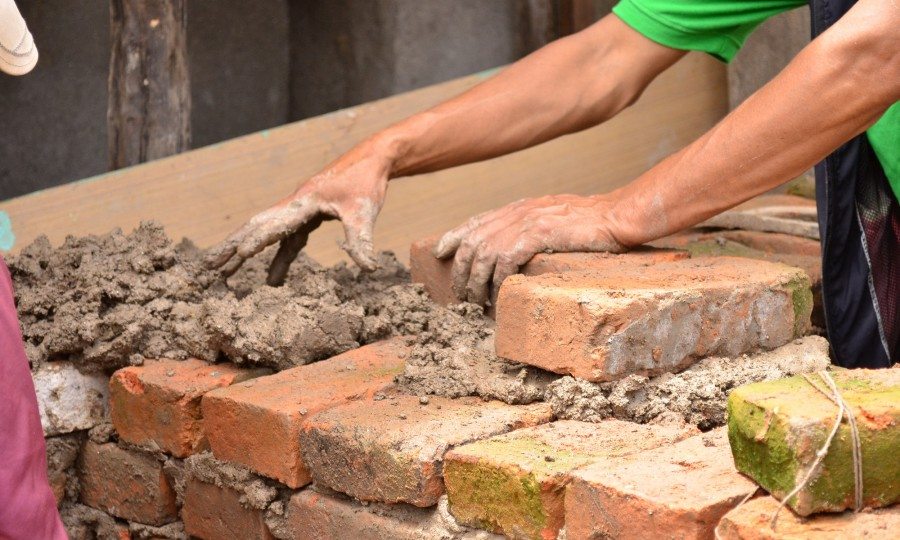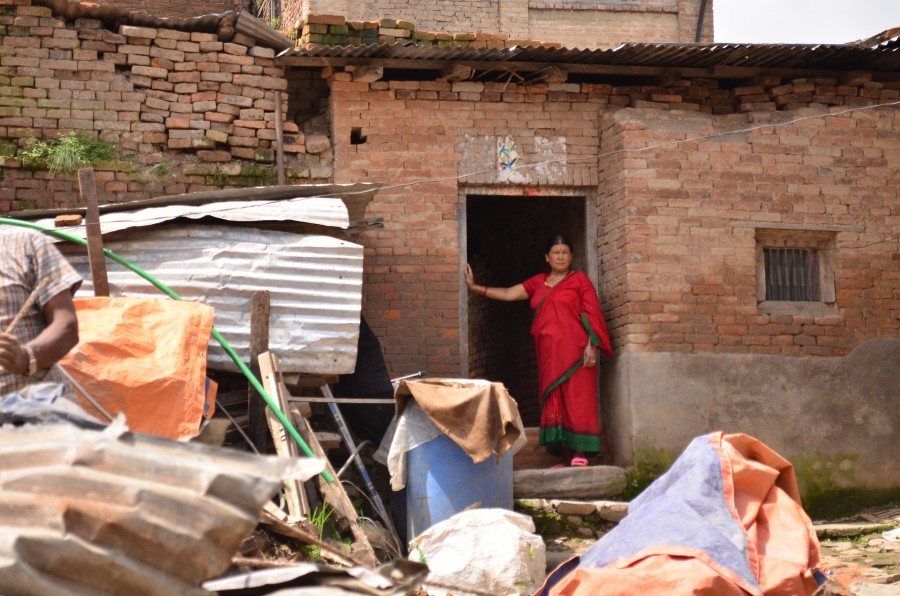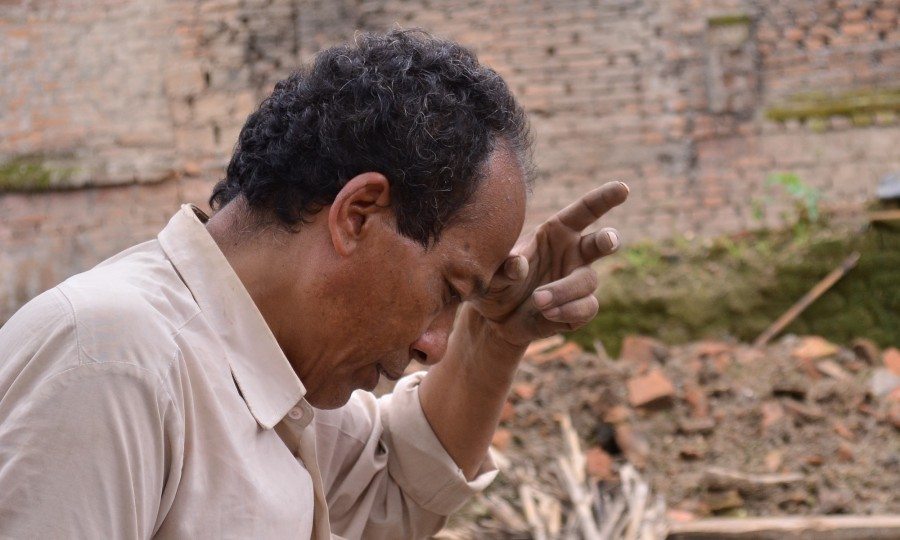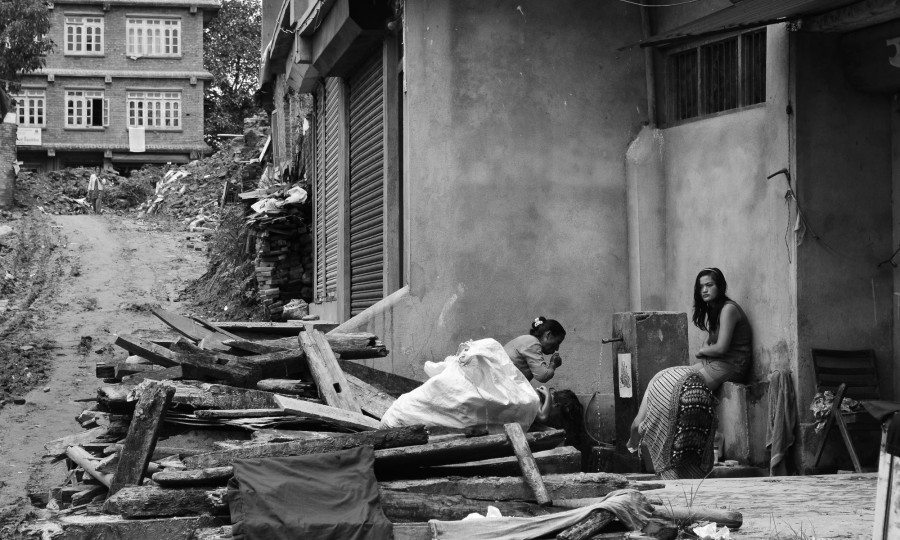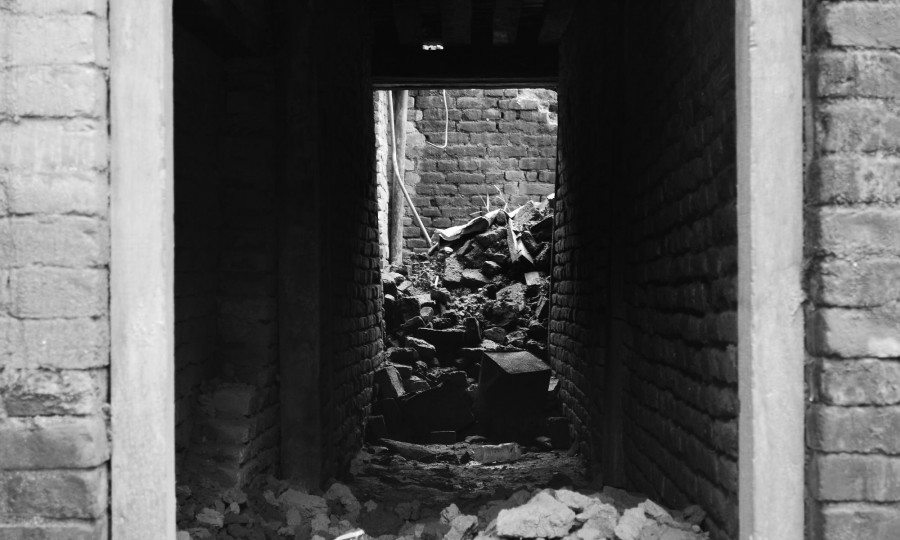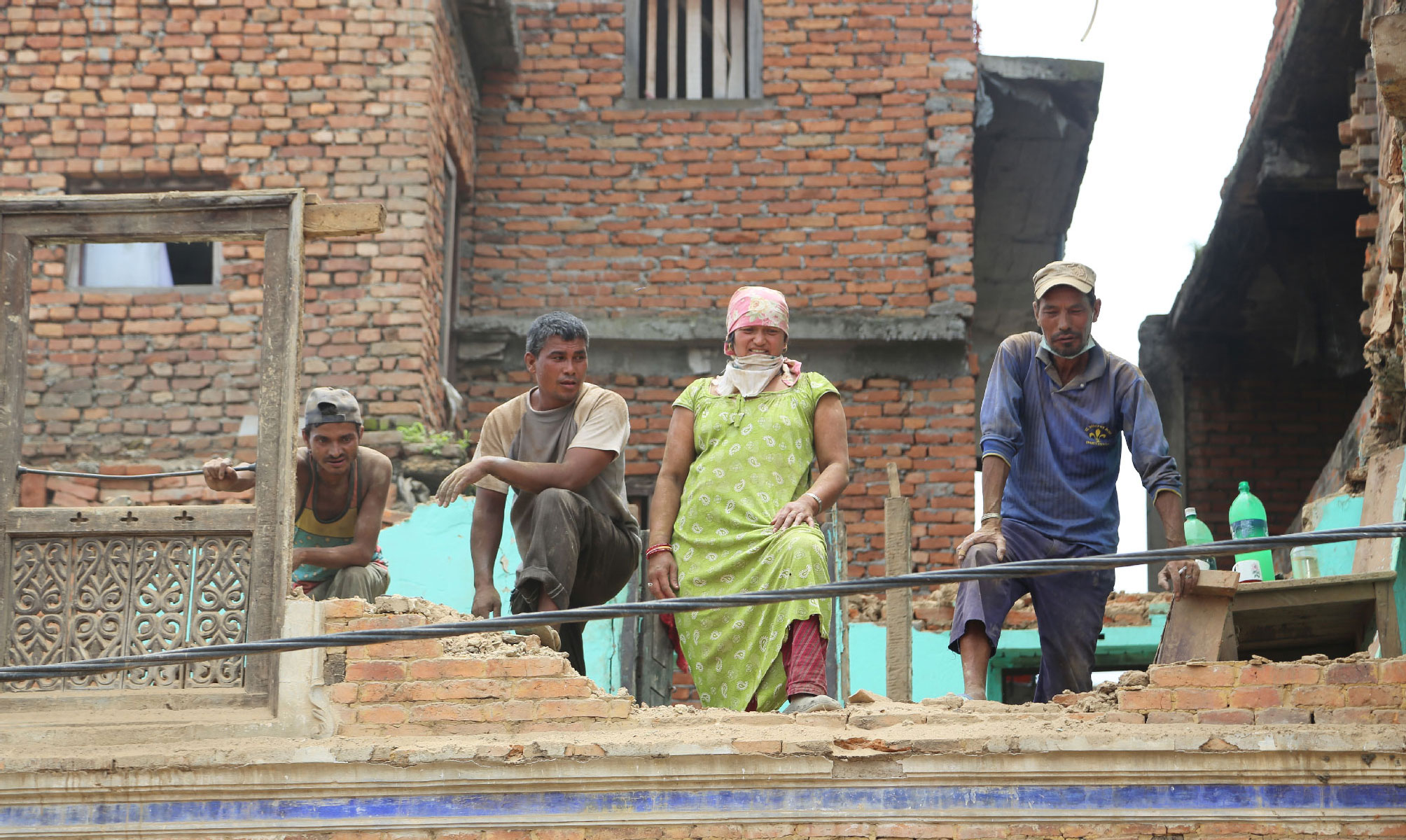In the wake of the earthquake, Nepal has been promised $4 billion in aid by the international community. Much of this money is yet to materialise, primarily because the political process in the country was paralysed by ongoing debates over the new constitution. With the constitution now enacted, it is expected that aid money will finally reach Nepal, and be put to use in the reconstruction of infrastructure.
But there is a catch.
Nepal, which is the 22nd poorest country in the world in terms of average national income, has a debt that currently stands at $3.5 billion. And despite the disaster, this has not been written off by international creditors.
Not just that. The International Monetary Fund, one of Nepal’s lenders, expect the nation to pay back the debt in full, as the disaster was not severe enough to ‘qualify’ for debt relief. This, says Tim Jones of the Jubilee Debt Campaign, is not only counterproductive but simply “outrageous”. In this interview with Patrick Ward, the policy officer of the London-based JDC, which specialises in campaigns for cancelling unjust debts in the developing world, speaks about the debt trap that Nepal is in.
How big a burden is international debt on Nepal?
Nepal this year will be spending $210 million on debt repayments, and obviously on top of all the damage caused by the earthquake that’s money that it can’t afford. The other danger is that lots of the international assistance that comes is going to be in the form of loans from people like the World Bank and Asian Development Bank, so that further adds to the debt. It means that the cost of the crisis continues for many years to come.
Of the financial assistance to Nepal over the five years from 2009 to 2013, Nepal received $1.7 billion, 33 per cent, in loans, and $3.5 billion, 66 per cent, in grants. Of the $4.4 billion pledged since the earthquake, at the donor conference, half is apparently grants, half loans.
Who is the money owed to?
Of Nepal’s $3.5 billion external debt, $1.5 billion is owed to the World Bank and $1.4 billion to the Asian Development Bank, institutions owned by governments around the world. If the debt was cancelled they say they would have to find the money from somewhere else. But they actually make a profit on various forms of lending elsewhere, so they would be able to cover the costs through that. They have lots of pockets of free money lying around.
“It’s outrageous how the international community keep requiring these payments to be made, then are able to get lots of positive publicity for themselves as they talk about how much money they’re going to give.”
Unfortunately, there hasn’t been any let-up in repayments. Another institution, the International Monetary Fund, is owed less by Nepal, but it’s still owed something. They, after the Haiti earthquake in 2010, created a scheme to cancel debts following a catastrophe. They’ve actually said in this instance that Nepal’s earthquakes were not catastrophic enough for Nepal to qualify for debt relief. So they expect Nepal to pay back their debts in full, which we think is absolutely outrageous. It’s outrageous how the international community keep requiring these payments to be made, then are able to get lots of positive publicity for themselves as they talk about how much money they’re going to give. But it isn’t really mentioned that those are loans as well.
What sort of strings are attached to the loans given out by these bodies?
One of the historical reasons why they don’t like to cancel debt is that it gives them control over what governments do. It means external control over government budgets. The only way Nepal can pay these debts is to take out new loans, and with new loans, governments have to implement policies that the IMF and World Bank tell them to implement. Historically it’s been things like requiring publicly owned enterprises to be privatised, opening up to international trade, deregulating the economy, removing things like labour laws and reducing the power of trade unions. If then a country defaults, it becomes an international pariah. People stop giving money.
Greece is a case for this. It has seen massive public sector cuts over the past five years, the economy has shrunk by 25 per cent. Jamaica is another country in debt crisis. The IMF, which is seen as a gatekeeper, demanded a 7.5 per cent primary surplus, so lots of austerity. That’s been going on for the past 20 years. The number of children in primary schools in Jamaica has dropped from 100 per cent to 75 per cent in that time.
What can people do to change this?
We’ve supported a call by 30 organisations across Asia, and around 200 organisations internationally, calling for Nepal’s debt to be cancelled following the earthquake and for any international assistance to be given as grants, not loans. In the UK, more than 5,000 people have written to the UK’s representatives at the World Bank and Asian Development Bank, calling on them to cancel the debt.

